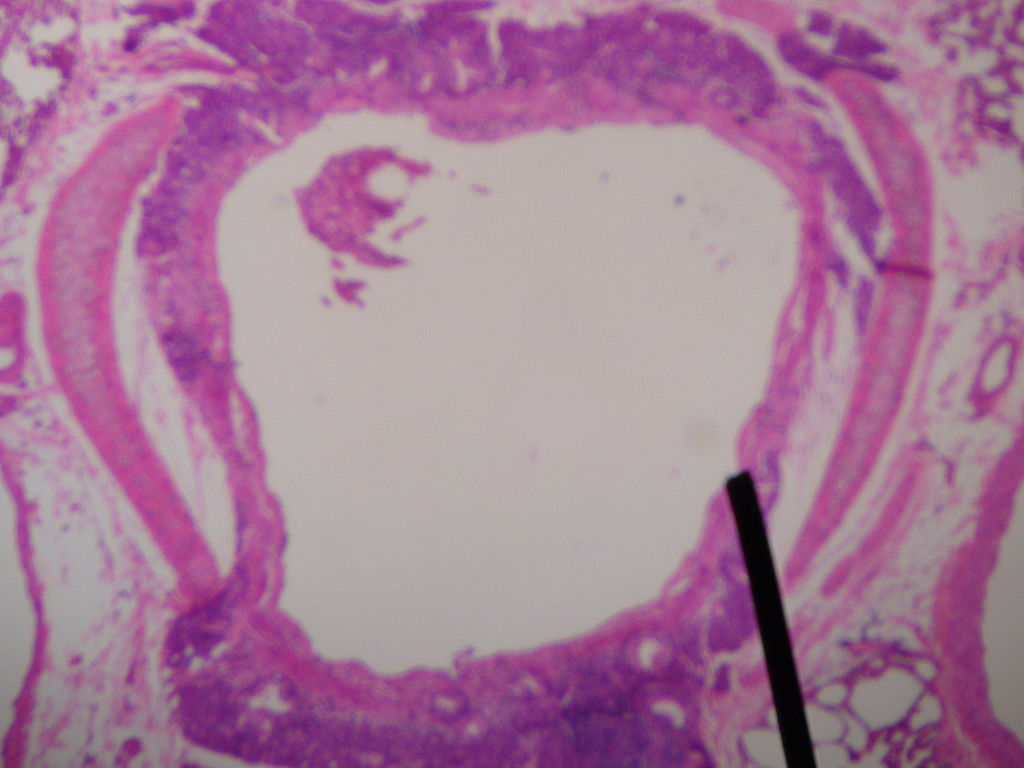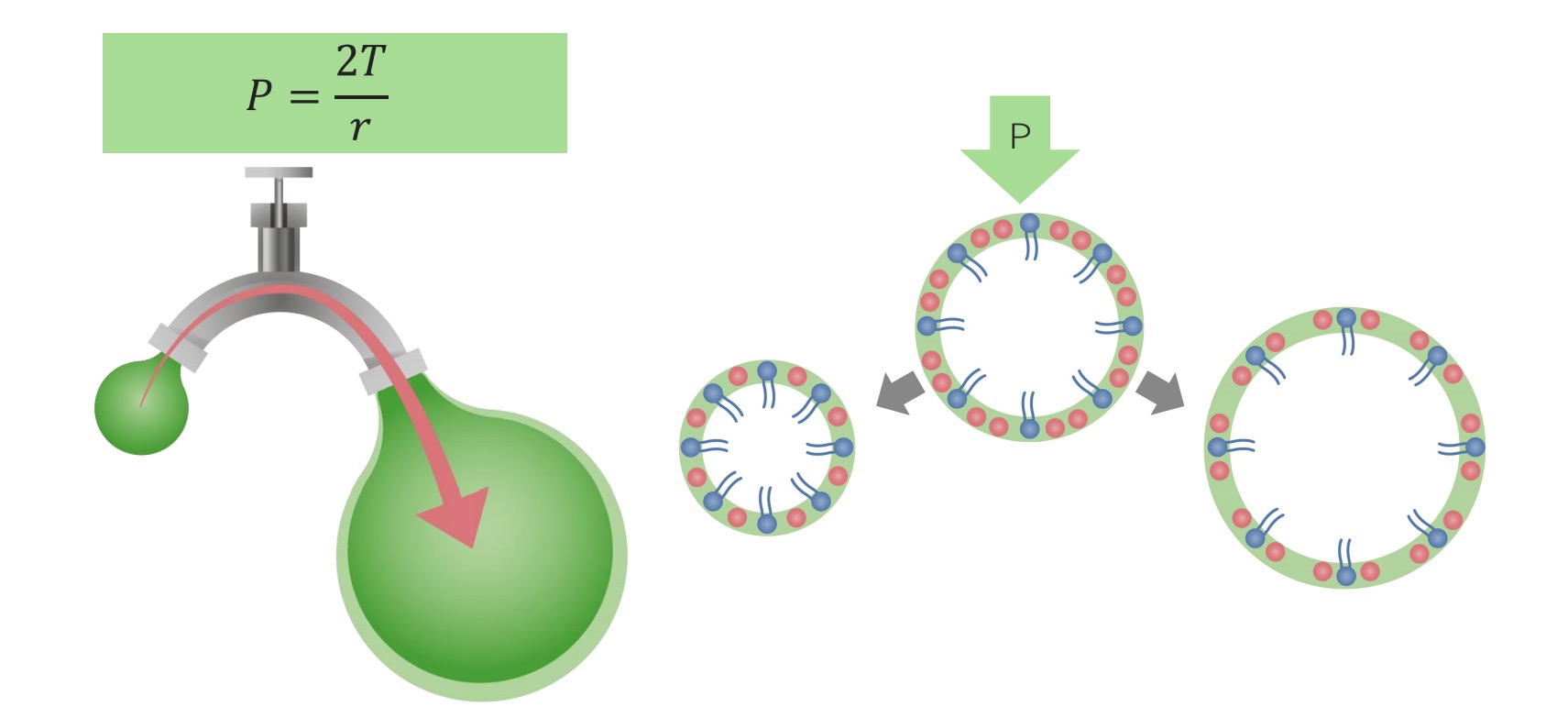Playlist
Show Playlist
Hide Playlist
Introduction – Lung Physiology
-
Slides 02 LungPhysiology Basic.pdf
-
Download Lecture Overview
00:01 The subject for this lecture is the physiology of the lung. Why do we have lungs? Well it is essentially is to get oxygen into the blood. And we need that because oxygen is the main mechanism for generating ATP by glucose metabolism. It is essential for aerobic metabolism for generating energy for all tissues within the body. 00:24 This is a slide that describes an overview of what happens with the lungs and the physiology of getting oxygen into the blood. Ventilation, that is the act of getting air into the lungs, allows new air with high oxygen concentration to reach the alveoli. In the alveoli, you end up with exchange of oxygen into the pulmonary capillaries and carbon dioxide out of the pulmonary capillaries back into the alveoli. And the heart will pump these, the blood circulation so that oxygenated blood will leave the lung, go to the left atrium and the left ventricle and pump around the systemic circulation delivering oxygen-high blood to the tissues so that they generate the energy required in the tissues. Whereas the venous systemic circulation will return deoxygenated blood to the right side of the heart and the pulmonary circulation will deliver that deoxygenated blood to the alveoli to be oxygenated. And at the bottom of the slide there are box showing tissue respiration, that is oxygen consumption by all the tissues of the body and as a consequent to that carbon dioxide is produced. So the purpose of the lung is to deliver oxygen to the blood and remove that waste carbon dioxide from the blood returning from the tissues. 01:42 If you think about the overview of the lung physiology there are few steps involved in this process. 1 Ventilation, how air gets into the alveoli. 01:49 2 Gas exchange, how oxygen gets into the blood and how carbon dioxide gets out of the blood into the alveoli. 3 Perfusion is how the blood gets to the lung. 02:00 4 Gas transport is how does the blood transport gases, oxygen to the tissues, carbon dioxide from the tissues to the lungs. 5 Then we will talk about ventilation control. 02:12 What are the mechanisms by which we alter the ventilation and respiration to try and overcome physiological circumstances where we might need more ventilation, for example during exercise. 6 The last slide will discuss briefly the additional functions of the lungs. Because there are other things that lungs do over and above oxygen uptake and carbon dioxide excretion.
About the Lecture
The lecture Introduction – Lung Physiology by Jeremy Brown, PhD, MRCP(UK), MBBS is from the course Introduction to the Respiratory System.
Included Quiz Questions
Which of the following physiologically occurs during exercise?
- Increased ventilation
- Increased need for carbon dioxide
- Reduction in need for oxygen
- Decreased ventilation
- Decreased respiration
Which of the following is not a function of the lungs?
- Hemoglobin production
- Gaseous exchange
- Ventilation
- Gaseous transport
- Blood perfusion
Customer reviews
5,0 of 5 stars
| 5 Stars |
|
5 |
| 4 Stars |
|
0 |
| 3 Stars |
|
0 |
| 2 Stars |
|
0 |
| 1 Star |
|
0 |







